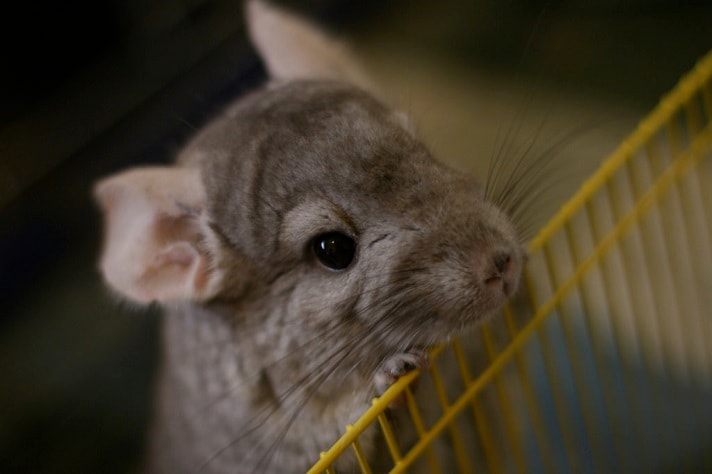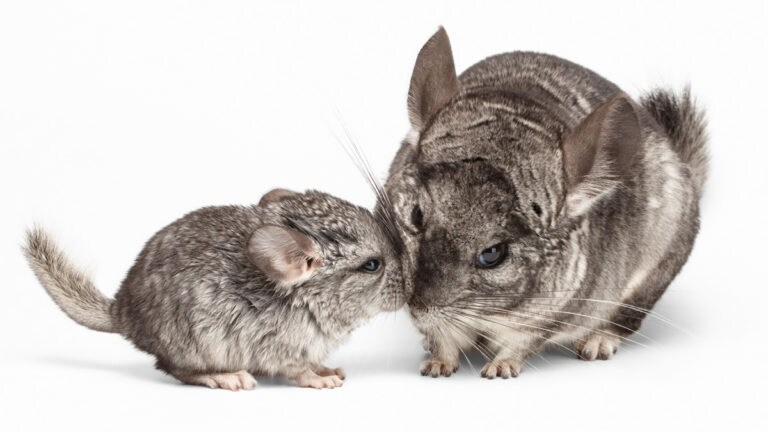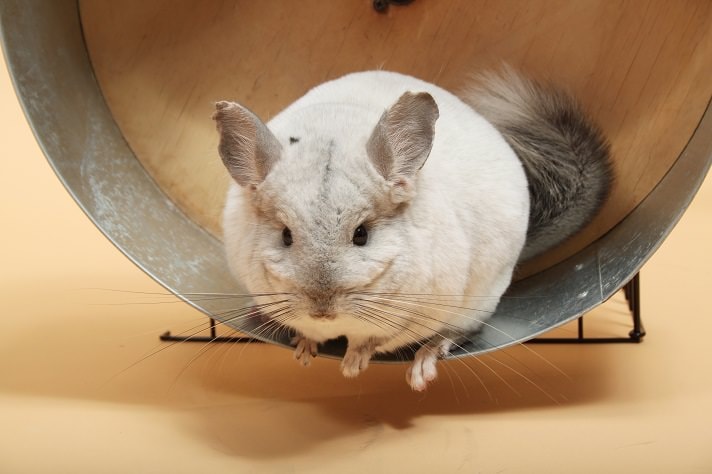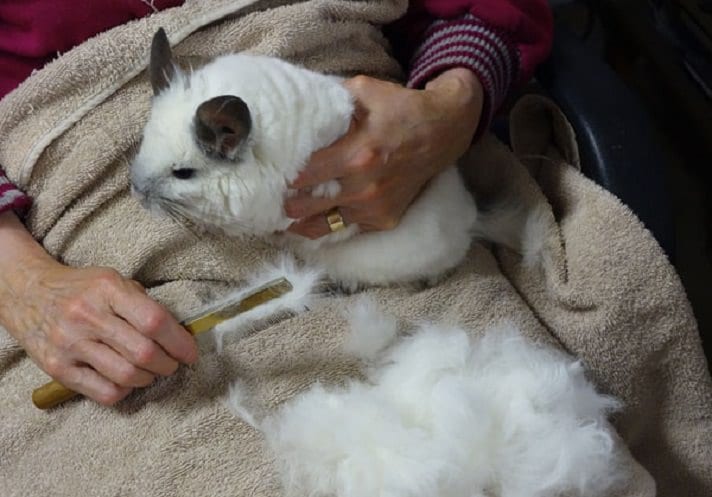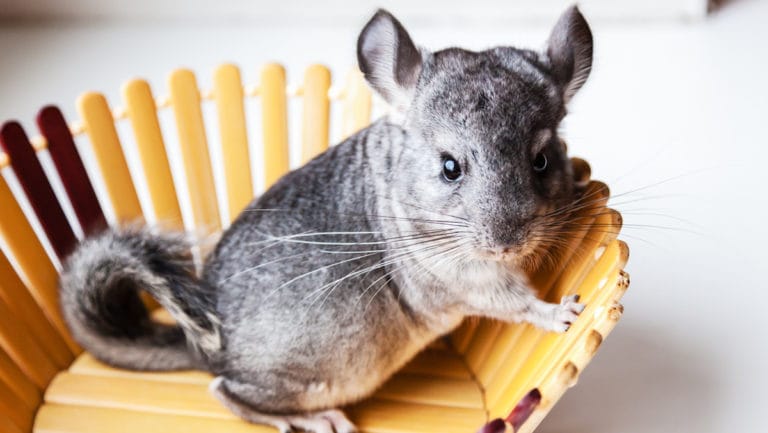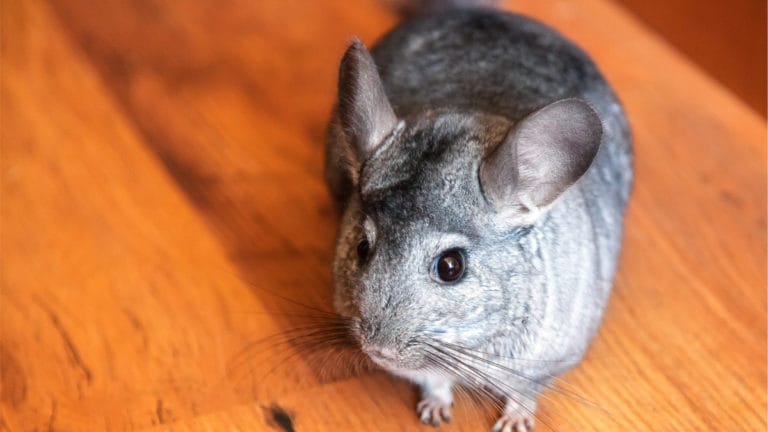Q.
I just bought my first chinchilla from a breeder, and it’s shedding so badly. She’s playful and seems happy, but I’m worried about the grooming. Do I need to groom her regularly? How do you actually groom a chinchilla?
A.
The primary reason for grooming your chinchilla is to remove dead fur and matted areas from the coat. Often a chinchilla is not able to easily shed all the dead fur, and some fur becomes trapped close to the skin. If the fur is not removed, the chinchilla will not have as clean a coat (because the dust does not penetrate all the way down the hair shaft) nor will the chinchilla be able to regulate temperature as easily. The dead fur does not allow air flow or ventilation.
Chinchillas typically replenish their coats every three or four months and may exhibit mild to heavy degrees of shedding. They tend to shed more during seasonal changes such as fall to winter and spring to summer. By removing dead fur, you are doing your chinchilla a favor. Many times chinchillas ingest large amounts of dead fur during self-grooming, which can lead to intestinal blockages. Keeping your chinchilla well groomed helps avoid that.
Chinchillas that shed heavily should be removed from the cage regularly so the cage interior can be vacuumed. This removes loose fur from the cage that might otherwise be accidentally ingested. Rabbit cages are great options for housing.
Chinchillas with thick, cottony coats tend to have more dead fur trapped within the coat and require more frequent grooming than chinchillas with thinner, coarser or straighter fur. Breeders typically use fine metal combs with sharp, pointed teeth to comb out chinchillas. Most have a set of four combs that they use to gradually work through the coat from its roughest phase to its finest one. These combs are very sharp and if used improperly can hurt either the owner or the chinchilla. Many pet owners find they can use a good slicker brush made for rabbits and sturdy metal comb to remove the dead fur from their chinchilla’s coat.
Often, dead fur tends to collect near the base of the tail, on the back and near the back legs. Depending upon how good a “personal housekeeper” your chinchilla is, mats may form around the genital area, and these should be gently removed. You will be amazed at how much dead fur can come out of one coat. Sometimes the pile of dead fur is as big as your chinchilla.
Most chinchillas do not enjoy the grooming process. It may take several grooming sessions for your chinchilla to accept the process and relax. A few chinchillas relax so much that they fall asleep in your lap. What seems to work best is to place a towel across your lap. Settle your chinchilla on your lap, keeping a good hold of it at all times. Do not place your hand or fingers in front of the chinchilla’s mouth while you are grooming. It is an open invitation to get nipped or bitten if the chinchilla feels stressed. Some people like to hold the chinchilla’s rear end, others like to have a firm hold of the backside and base of the tail closest to the body. This leaves your other hand to gently run the comb or brush through the fur. If you run into a mat, gently remove it with the comb by using many short, gentle comb strokes. Gradually work down into the coat until you can draw the comb smoothly through each area. Use a pair of scissors to cut through large mats. Run one blade of the scissor gently along the skin under the mat and then cut up gently. This cuts some of the mat hairs and makes it easier to untangle and disconnect the mat.
Fur can come out very easily, so be gentle as you groom. Chinchillas often grump and groan during the grooming process, but they seem to be more lively and energetic when they return to their cages.
By: Marty Hull
Share:
